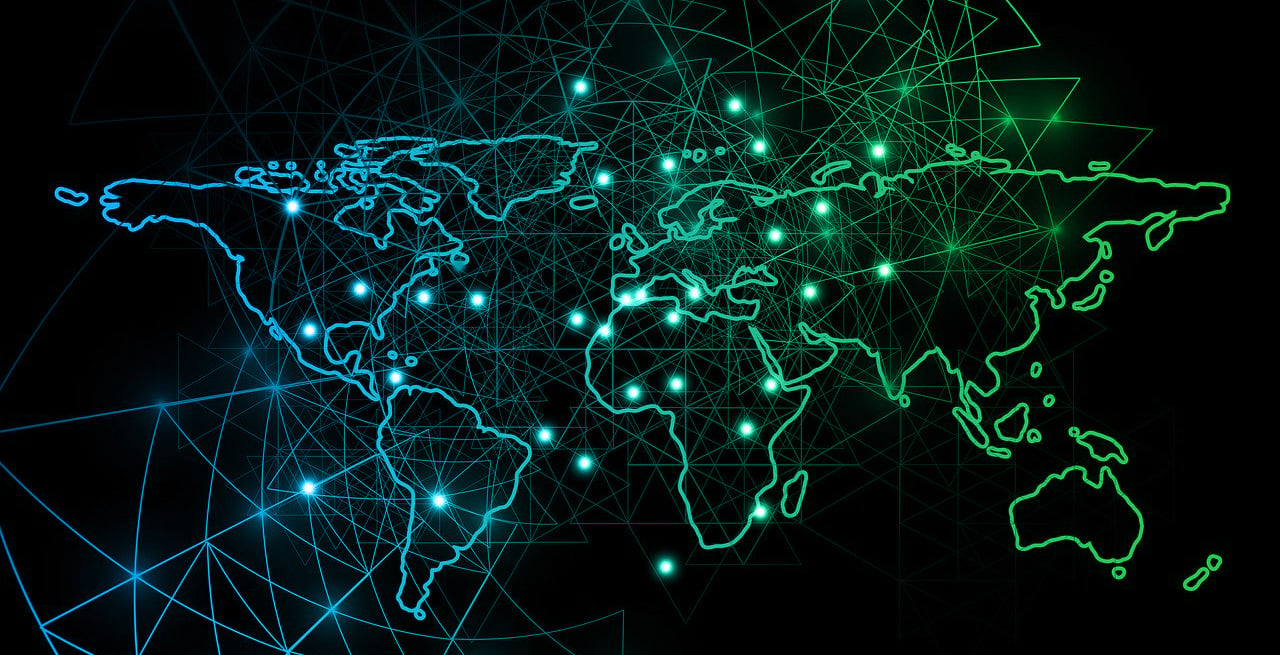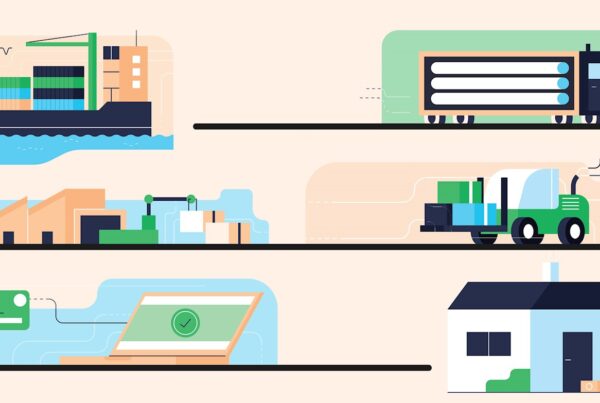
DEFINITION
Supply chain synchronization is an ecosystem of connected, collaborative data partners, whereby information gets collected, analyzed, and utilized in real time. All stakeholders within the critical path obtain accurate visibility, identify weaknesses, streamline processes, and mitigate risk.
Phil Crosby, (June 18, 1926 – August 18, 2001) businessman and author once noted, ‘If anything is certain, it is that change is certain. The world we are planning for today will not exist in this form tomorrow,’ and this powerful statement is one that can get firmly aligned with the supply chain.
With modern-day consumer expectations shifting at an exponential rate and unprecedented disruptions getting experienced by almost every global business vertical, the supply chain of today, and tomorrow, looks significantly different to that many of us remember from the not-too-distant past.

To continue to thrive in a highly competitive business environment that’s now the norm, supply chain managers need to implement some proven changes. The only way to orchestrate a fully optimized supply chain is to leverage the power of technology to streamline and synchronize the operations and logistics processes using platforms such as Gravity to enable vast quantities of data to get analyzed, and utilized in near time. Deploying such technologies helps to facilitate supply chain excellence and the ability for businesses to scale to new levels.
What Is The Digitized Supply Chain?
A digitized supply chain relies on the integration of cross-functional data from collaborative internal and external sources to enable a transformation of data flowing throughout the critical path.
Out With The Old

Traditional, outdated, and manual ways of operating the supply chain created decentralization and siloes by nature. However, advances in technology have enabled significant improvements in baseline capabilities. As such, the entire supply chain has rapidly evolved into a global and interconnected network of data and processes that increase the visibility and flexibility businesses need to become better equipped to handle challenges. McKinsey & Co.s’ ‘Operations Practice – Excellence In Supply Chain Management’ report calls for companies to evaluate their supply chain needs and capabilities, by asking questions such as:
- What is your supply chain strategy, and how does it support your business strategy?
- Is your supply chain agile enough to respond to external changes flexibly?
- What is your customers’ experience of your supply chain? How does it stand out from your competitors?
The answers to these, along with numerous others, are essential for the evolution of the supply chain.
The Goal: Supply Chain Synchronization

Imagine a supply chain whereby inventory and sales data traveled seamlessly to all partners regardless of geographical location, allowing materials to get quickly pulled from suppliers and manufacturers, processed through distribution and on to the all-important final consumer.
A world where orders arrive with your customers on time and in full, when they want and where they want to enable businesses to provide exceptional levels of service that result in happy, loyal customers that keep coming back.
In With The New
To be able to provide these exemplary levels of service, it is necessary to implement an effective supply chain orchestration that gives you real time, end-to-end visibility over your entire supply chain, and all of your partners. Supply chain management has advanced to extend across the supply chains of multiple companies, making it necessary to tightly synchronize supply chain data, as well as methods and workflows.

While many of the systems currently getting used worked just fine for 10-20 years, today’s supply chains are global and more complex. They require outdated systems built around spreadsheets and DOS-based technologies to be aligned/integrated/replaced by cloud based service and mobile applications that can provide the ROI that justify the time and expense of implementation.
The Why
Increased access to technology and information has enabled the modern consumer to become more empowered and demanding than ever before, an evolution that requires businesses to find new ways of meeting their customer’s needs flawlessly while continuing to keep up with their changing demands.
The most effective way for businesses to do so is to create a value chain by integrating levels of integration and collaboration throughout the critical path.

Deloitte’s, ‘Managing Supply Risk and Disruption‘ report illuminates the need for a connected and extended supply network. Deloitte’s findings confirm the need for businesses to gain as much visibility as possible to be able to proactively alter supply chain plan operations to keep them running at maximum efficiency, particularly in times of significant restraint such as the impact of COVID-19. For those companies with complex supplier networks and without the systems and tools to provide extended supply chain visibility, traditional approaches to getting visibility beyond suppliers are likely to take too long and be insufficient to alleviate supply-side risk. Companies must embrace new strategies to illuminate the supplier network to gain complete visibility.
The Benefits Of Real Time Supply Chain Visibility
The resulting benefits of initiating end-to-end visibility enabled by synchronization of the supply chain include:
- Improved order fulfillment and service levels.
- Increased profitability and revenue growth.
- Enhanced operational efficiency.
- Competitive advantage.
- Reduced risk.
Achieving real time visibility over your entire supply chain is no longer a “nice-to-have,” it’s become critical to improve your organization’s supply chain operations and to boost the bottom line.

Enabling extended supply chain visibility will likely require a more digitized approach than many companies have used in the past. However, by providing enhanced levels of synchronized visibility, businesses can increase flexibility, collaboration, and control, to allow them to focus on creative execution strategies quickly and confidently.
If you would like to learn more about how deploying proprietary software technology such as that provided by the Gravity platform can help you appreciate the benefits gained by using a system that enables synchronization of the supply chain, contact us here. One of our advisors will be in touch!




